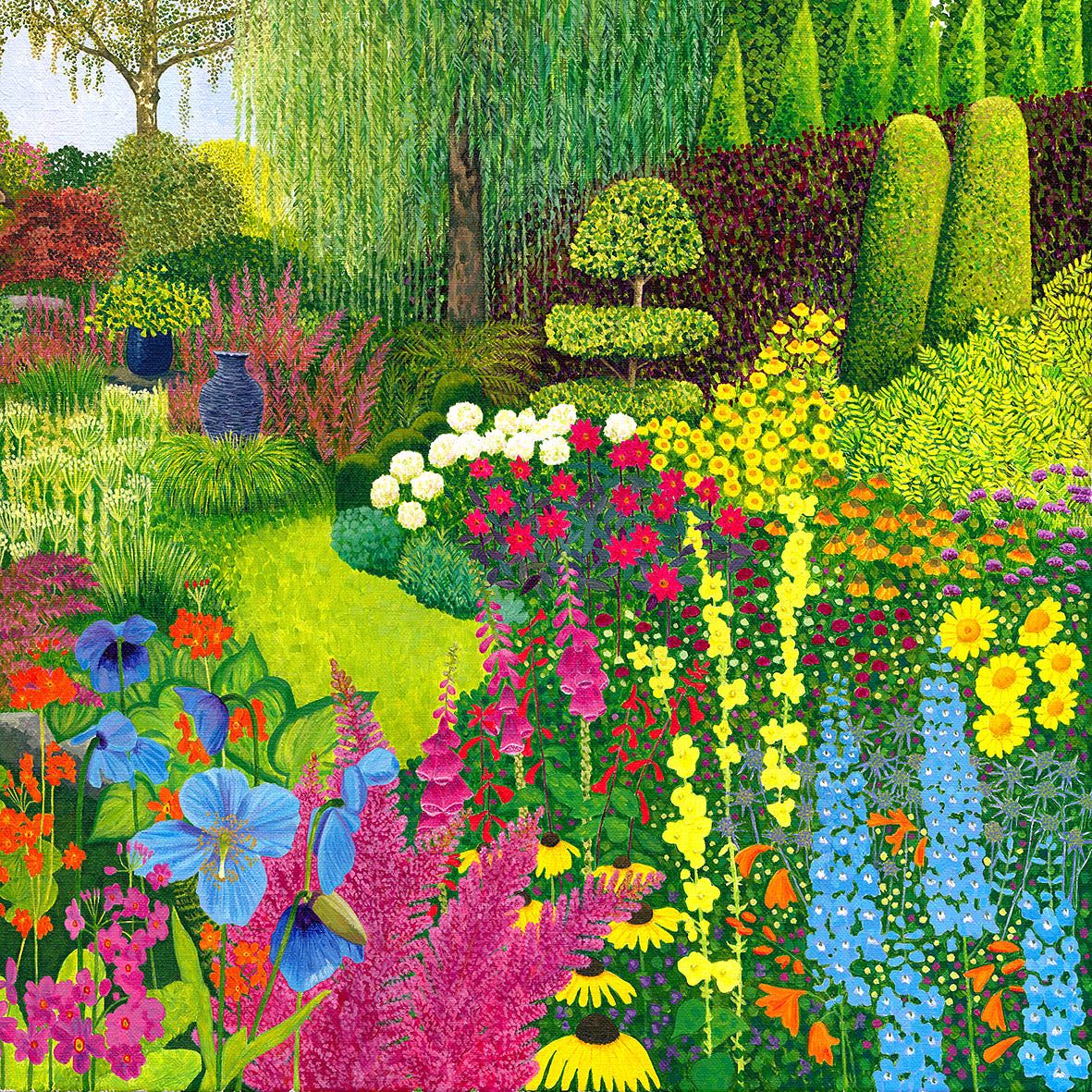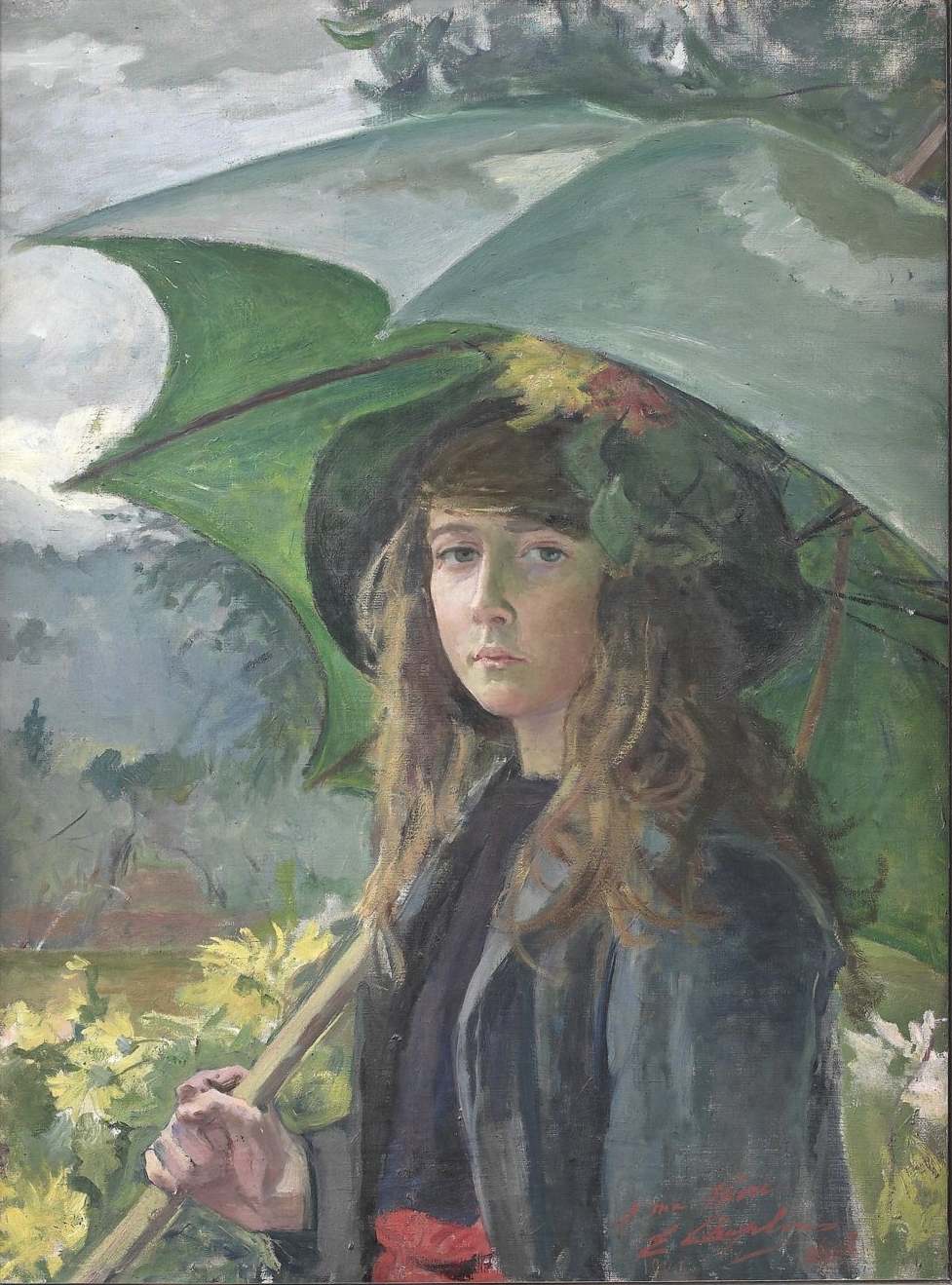"Gelée blanche, jeune Paysanne faisant du feu" is one of Pissarro’s great masterpieces.
Painted in 1888 at the peak of the artist’s engagement with Neo-Impressionism and conceived on a grand scale, it is a brilliant rendering of light and atmosphere.
The subject is a cold winter’s morning, the low sun casts shadows across the meadow and in these shadows the night’s frost lingers; against this backdrop a young woman and a child build a fire, the smoke rising with a heat that shimmers and eddies across the frozen landscape.
Camille Pissarro | Hoarfrost, young peasant girl making fire / Gelée blanche, jeune Paysanne faisant du feu, 1888 | Museum Barberini








































